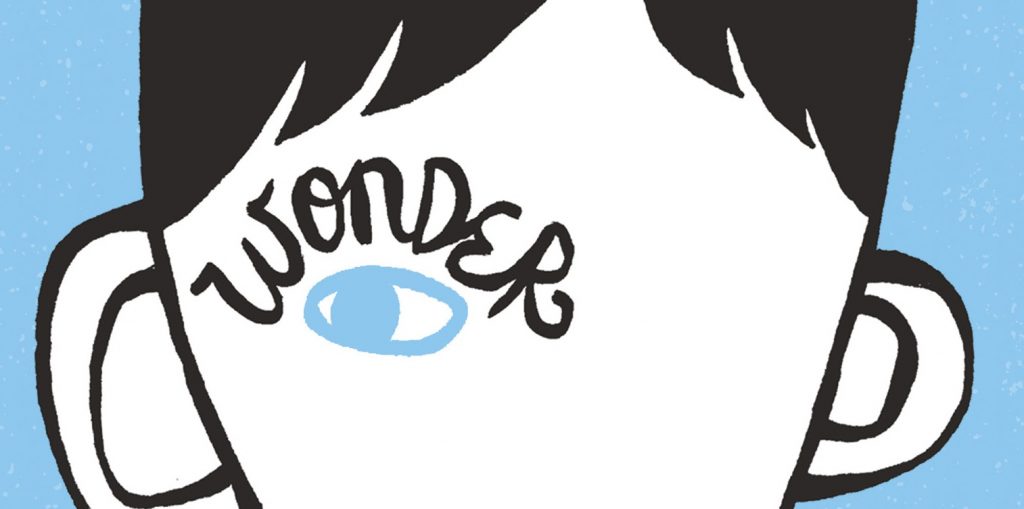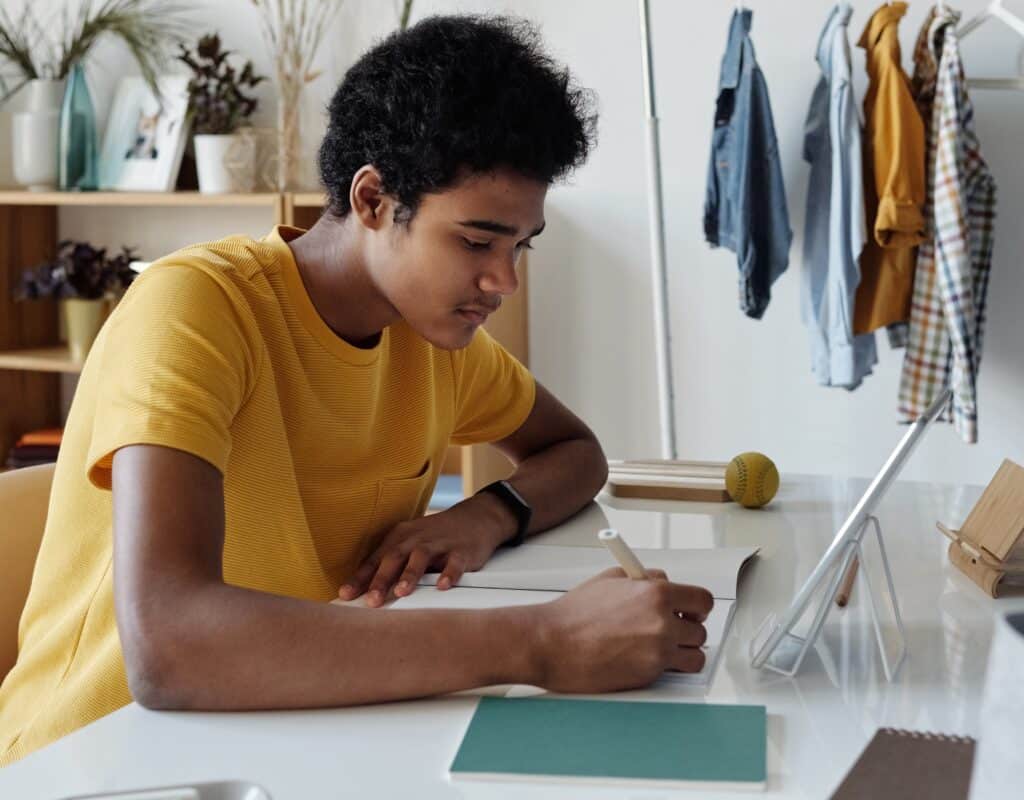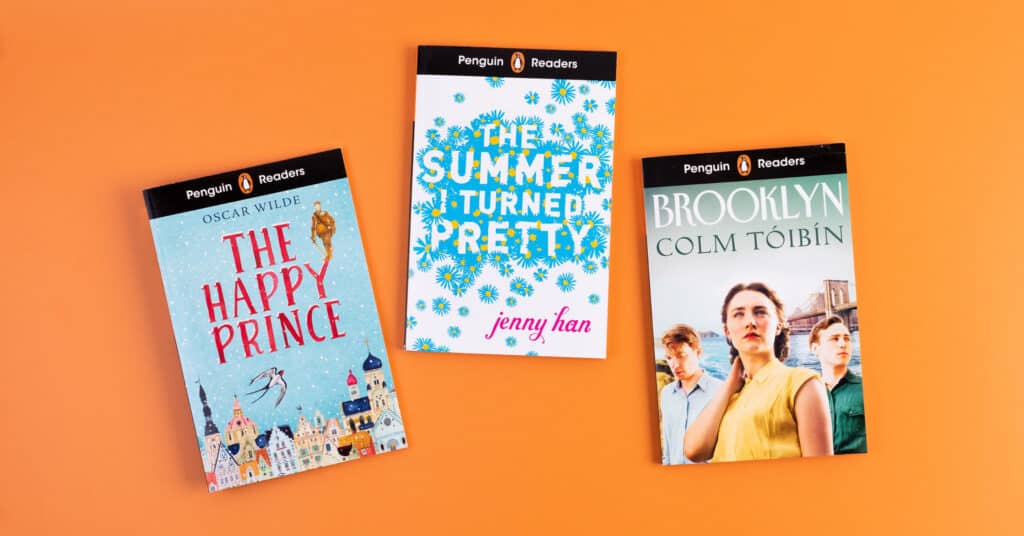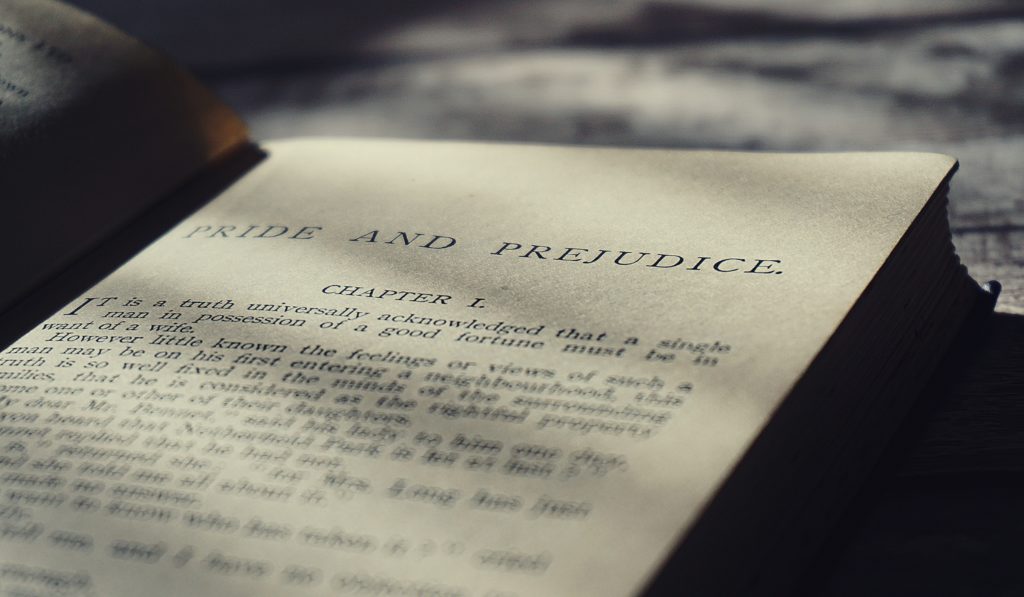How film & TV tie-ins can inspire your classroom
Film and TV adaptions can offer a reprieve from book-based learning while inspiring reluctant readers. Dani Mundy demonstrates some activities from one of the most popular books in the Penguin Readers range, Wonder, to show how it can enhance your classroom’s learning experience.
TV and film adaptations of books can help bring a new dynamic for teachers and pupils in the classroom. They can provide a different perspective, while also being a visual stimulus for learners who prefer this medium. Offering a reprieve from book-based learning can help you as a teacher consolidate and focus on particular ideas in the story, too.
Films and TV adaptations are wonderful additional material for teachers, but it’s important to use them in suitable ways – playing a film in its entirety is not always useful while something that is too long can often be information or language overload.
Freeze frames
A freeze-frame is a part of the film or TV programme shown in a single frame. Using freeze frames in the class whilst reading is effective in many ways. It provides an alternative to the book, an extra focus and can help elicit ideas from the learners. It can be useful for a particular scene, to focus on the relationship between certain characters and even as a grammar point.
Here are some useful questions to ask when using a freeze frame:
What can you see? (present simple)
Relate it to the same scene in the book? (discussion point)
Do you have a different interpretation from the book verse the freeze-frame from the film? (discussion)
What are they doing? (present continuous)
What were they doing? (past continuous)
Describe the characters from the freeze frame? (discuss)
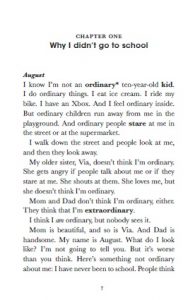
We can see how to use freeze frames for a deeper understanding. They provide an opportunity to elicit from the learners and concept check overall understanding. The visual clues in the film immediately show August’s facial disfiguration, whilst the book indicates it from the description. It could be useful to show the opening film scene of August and use it as a discussion point about how acceptance. A useful quote to use with the opening film scene as an additional discussion point before introducing the book is: “Don’t judge a book by its cover.”
How much should you show of a film adaptation in class?
How much you show of the adaptation will depend on the activities you plan on doing. Often, it can be more effective to show freeze frames or short clips. This helps show there is a clear focus for using the film material. Films can be a great way to consolidate a book, but a whole film is often too long and can derail your classroom’s focus.
Using films to focus on characters
When we are reading, we build up the characters in our heads from descriptions in the book. With the films, we can see the characters on screen. It can be effective to use the differences from the book and our own perspectives as well as the films to talk about character analysis, relationships between characters, and a focus on less well-known characters that can sometimes be harder to understand and identify.
An activity for character analysis
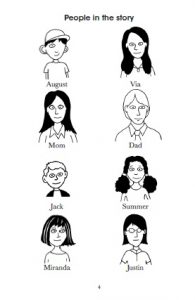
Put the above pictures onto an A4 piece of paper and distribute them to the class. Each student can use the pictures to make notes on each character whilst reading. This doesn’t involve watching the film, it is about using the visual clues to help build up a character review. This could be physical descriptions, personality adjectives and any other relevant information about the character. This is an effective study skill for students to help consolidate their understanding of key characters. It is also useful when students are doing homework or group work tasks; they can use the sheet as a discussion point or reference.

